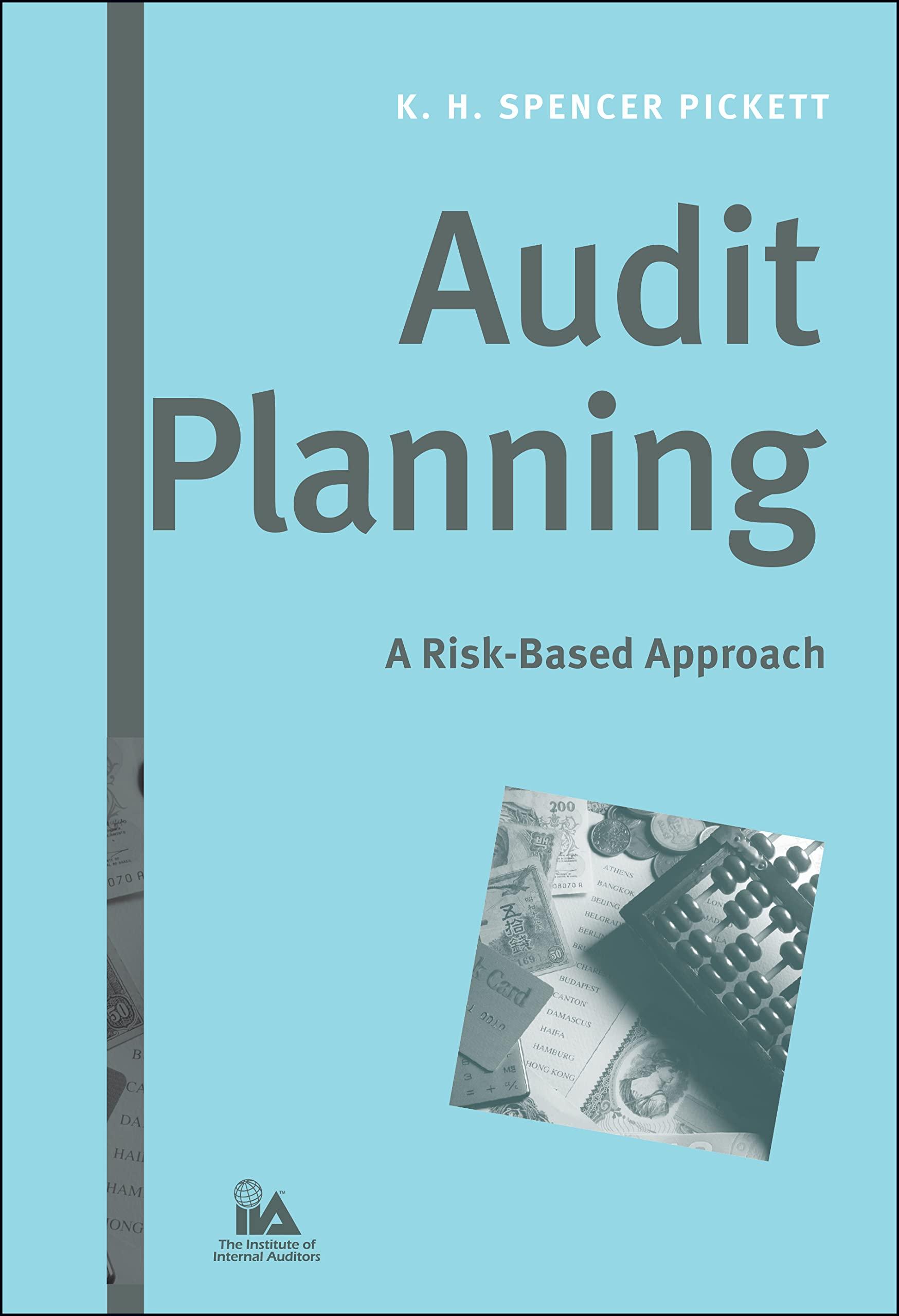Question
Case 9-6: Profit PlanningChoice of Cost Structure The owner of a package delivery business is currently evaluating the choice between two different cost structures, based
Case 9-6: Profit PlanningChoice of Cost Structure
The owner of a package delivery business is currently evaluating the choice between two different cost structures, based on how the delivery personnel are paid. One option (hereafter, Alternative #1) has relatively higher short-term fixed costs, while the other option (hereafter, Alternative #2) has the reversethat is, relatively higher variable costs in its cost structure. (For simplicity in this example we hold the delivery cost per package, that is, the selling price per unit is constant. Selling price is independent of the cost-structure choice.) The following table contains pertinent information for creating the CVP model for each decision alternative:
| Decision Inputs (Data) | Cost Structure Alternative #1 | Cost Structure Alternative #2 |
| Delivery price (i.e., revenue) per package | $60 | $60 |
| Variable cost per package delivered | $48 | $30 |
| Contribution margin per unit | $12 | $30 |
| Fixed costs (per year) | $600,000 | $3,000,000 |
Requirements
1. What is meant by the term short-term profit-planning model, and how can such a model be used by management? (That is, in what sense can this model be used to facilitate planning, control, or decision-making by managers of an organization?)
2. What are the definitions of fixed costs, variable costs, contribution margin ratio, contribution margin per unit, and relevant range?
3. What is the break-even point, in terms of number of deliveries per year (or per month), for Alternative #1? For Alternative #2?
4. How many deliveries would have to be made under Alternative #1 to generate a pre-tax profit, B, of $25,000 per year?
5. How many deliveries (per month or per year) would have to be made under Alternative #1 to generate a pre-tax profit, B, equal to 15% of sales revenue?
6. How many deliveries would have to be made under Alternative #2 to generate an after-tax profit, A, of $100,0000 per year, assuming a tax rate of, say, 45%?
7. Assume that for the coming year total fixed costs are expected to increase by 10% for each of the two alternatives. What is the new break-even point, in terms of number of deliveries, for each decision alternative? By what percentage did the break-even point change for each case? How do these figures compare to the percentage increase in budgeted fixed costs?
8. Assume an average income-tax rate of 40%. What volume (number of deliveries) would be needed to generate an after-tax profit, A, of 5% of sales for each alternative?
Step by Step Solution
There are 3 Steps involved in it
Step: 1

Get Instant Access to Expert-Tailored Solutions
See step-by-step solutions with expert insights and AI powered tools for academic success
Step: 2

Step: 3

Ace Your Homework with AI
Get the answers you need in no time with our AI-driven, step-by-step assistance
Get Started


